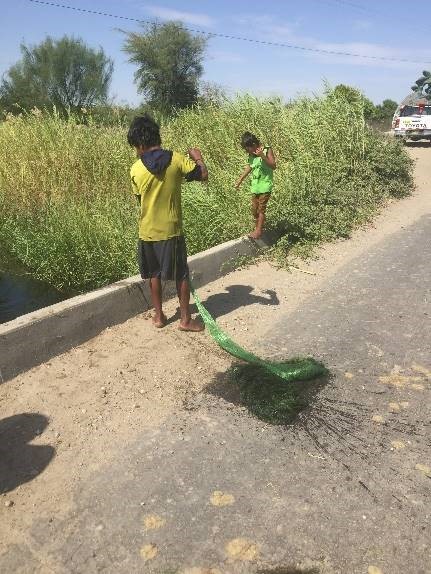Understanding the impact of El Niño on marginal communities in northern Peru

GCRF Funding Cycle
2018-19
Principal Investigator
Nina Laurie
Schools
Geography & Sustainable Development
ODA countries
Peru
In 2017, El Niño Costero devastated northern Peru. Outbreaks of malaria, dengue and zika infected hundreds of people; and large-scale flooding resulted in loss of life, infrastructure, homes and livelihoods. SFC GCRF ‘Farming and Fishing in the Desert’ research indicated that disaster narratives are common in policy and popular media interpretations of El Niño events but that such accounts fail to recognise the experiences of the some of the poorest, desert-dwelling, communities for whom rains represent abundance rather than disaster: “We become joyful when the rain comes because the rivers fill up with water and it fills lagoons with nursery fish”. “After the rains pass the soil remains damp, we plant crops, we grow everything because of those damp soils”.
Very little research or policy attention has been given to the opportunities El Niño events can create for food systems, especially in the context of climate change in arid settings. Focused on the Sechura desert region in northern Peru, the SFC GCRF ‘Farming and Fishing in the Desert’ research has established a platform of Peruvian academic and NGO, private sector and local government stakeholders to address this gap.

